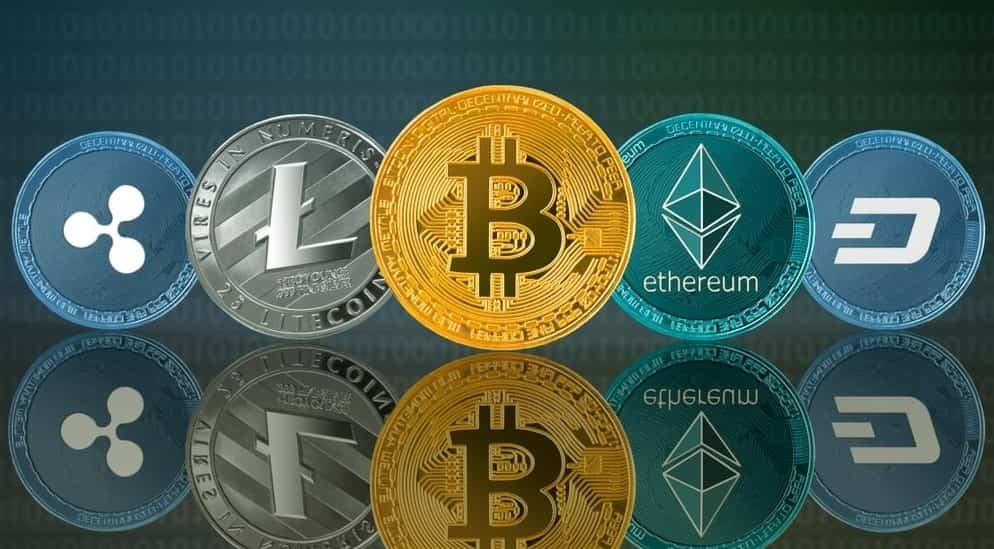Digital money, like cryptocurrency, isn’t controlled by a government or centralized system; instead, it uses blockchain technology, especially Bitcoin, which is the most popular. There are more and more options available with the growing popularity of digital money on Wall Street. Cryptocurrencies are currently available on the market in excess of 26,000.
The majority of people treat cryptocurrency as a long-term investment, despite its potential for purchase. The freefall among cryptocurrencies, including stablecoins pegged to the dollar, showed last year that investing in cryptocurrency is risky. Understanding what you’re getting into is essential before investing. Additionally, you can also use trading platforms for better trading of cryptocurrency; click here for more information.
Here’s the Best Performing Crypto Coins in 2024
As a beginner getting into the world of crypto, it can feel overwhelming with so many different cryptocurrencies, such as Bitcoin and Ethereum. In order to help you get a better sense of things, here are the most valuable cryptocurrencies in the world.
1. Tether
While some cryptocurrencies are basically digital currencies backed by fiat currencies, Tether (USDT) is a stablecoin, meaning it maintains a value equal to a fiat currency such as US dollars or Euros.
As a result, Tether’s value should be more consistent than other cryptocurrencies, which is why it is favored by investors concerned about other cryptocurrencies’ extreme volatility.
2. Binance Coin (BNB)
Using Binance Coin (BNB), one of the world’s largest crypto exchanges, you can trade and pay fees using cryptocurrency. After launching in 2017, Binance Coin has become more than just a platform for exchanging trades.
Trading, payment processing, and even travel arrangements can be completed using it now. In addition, it is possible to exchange it for different cryptocurrencies, such as Ethereum and Bitcoin.
3. Polygon (MATIC)
An Ethereum blockchain development team created Polygon as a contribution to the Ethereum blockchain network. In an article by CoinMarketCap, Polygon is described as being designed to aid in the scaling of Ethereum and the development of its infrastructure.
With this “layer two” solution, Ethereum becomes a multi-chain system, enabling faster transactions and verifications—several cryptocurrency exchanges back to Polygon, including Binance and Coinbase. Besides being used for payment services, MATIC is also used for transaction fees and settlements.
4. Cardano (ADA)
There are several reasons why the Cardano network is appealing to investors, including its smaller footprint. Unlike a more extensive network like Bitcoin, Cardano requires less energy to complete a transaction. This speeds up and reduces the cost of transactions.
A decentralized finance platform called AdaSwap has been launched by Cardano as a test version. With AdaSwap, Cardano could be elevated to a Web3 network, causing its price to rise. A non-fungible-token protocol developed by Cardano is the third-largest in the world, according to Forbes, regardless of the coin’s market value.
5. Avalanche (AVAX)
Currently, Avalanche is the only “layer one” blockchain available. Former Cornell University professor Emin Gün Sirer, a veteran in the field of cryptography, founded it as an Ethereum competitor. The three blockchains of Avalanche can independently validate transactions.
The scalability of Avalanche makes it possible to process large volumes of transactions at a fast rate – up to 6,500 transactions per second. The protocol is increasing in popularity among Ethereum projects as a result.
